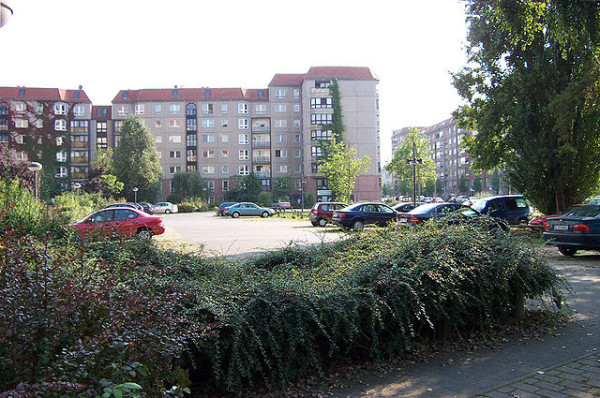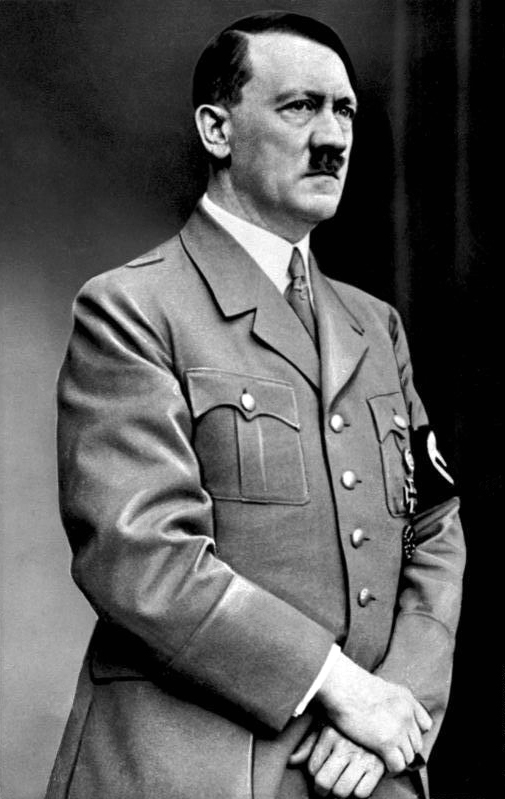
An intriguing new documentary, The Day Hitler Died, reveals fresh details about Adolf Hitler’s final hours in his besieged Berlin bunker. It will be screened by the Smithsonian Channel on November 16 at 8 p.m. and 11 p.m. and again on November 22 at 10 p.m.
Hitler committed suicide on April 30, 1945 as the Red Army advanced on his fortified bunker, where he spent the last four months of his life. Nonetheless, rumours persisted he had escaped and was still alive.
After the end of World War II, U.S. Navy lawyer Michael Musmanno, who had been a judge at the Nuremberg war crimes trials, tracked down 22 Germans who had been part of Hitler’s inner circle in the 16-room bunker, which was constructed in 1944 as Allied bombs rained down on Berlin with increasing frequency and ferocity.
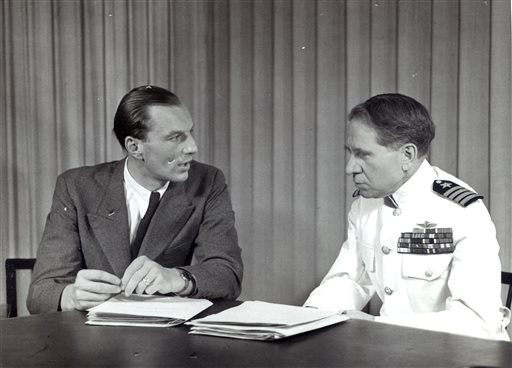
Musmanno, intent on proving beyond a reasonable doubt that Hitler was dead, conducted taped interviews with these eyewitnesses. The tapes vanished, but turned up in a Pittsburg archive in 2013. The Day Hitler Died, nearly one hour in length, is a gripping account of Hitler’s last days in the claustrophobic bunker. The film is composed of clips from Musmanno’s interviews, file footage and reenactments.
The interviewees are Traudl Junge, Hitler’s personal secretary; Heinz Lorenz, his press attache; Ilse Braun, the sister of Hitler’s wife, Eva; Willi Johannmeir, Hitler’s military aide; Artur Axmann, the leader of the Hitler Youth; Erich Kempta, Hitler’s chauffeur; Hermann Karnau, a guard in the bunker, and Bernd Freytag Von Loringhoven, a German army general and Hitler’s aide-de-camp.
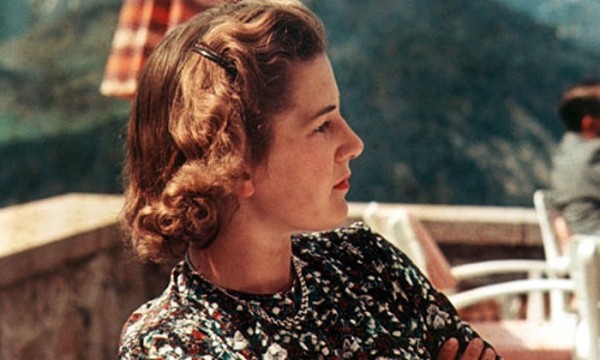
In The Day Hitler Died, Junge discloses her boss began mulling the possibility of suicide from April 22 onward. Von Loringhoven says Hitler was depressed, but wanted to live. Ilse Braun recalls that Hitler was in a constant state of agitation and lacked the will to go on. According to Lorenz, Hitler could not internalize the idea of Germany’s defeat, but perked up when he heard that Franklin Roosevelt’s had died. Johannmeir says he had no doubt that Hitler’s days were numbered.
Further interviews suggest that Hitler pinned his hopes on being rescued by the 12th German Army, and that he grew bitterly disappointed by the news that one of his loyalists, SS chieftain Heinrich Himmler, had attempted to surrender to the Allies.
At this point, Junge states, Hitler started dictating his last will and testimony, blaming the war on Jews, and decided to marry Eva Braun, his girlfriend. By then, the bunker, built under Berlin’s sewer system, was coated with a fine layer of dust from Allied bombing raids, and its toilets were overflowing.
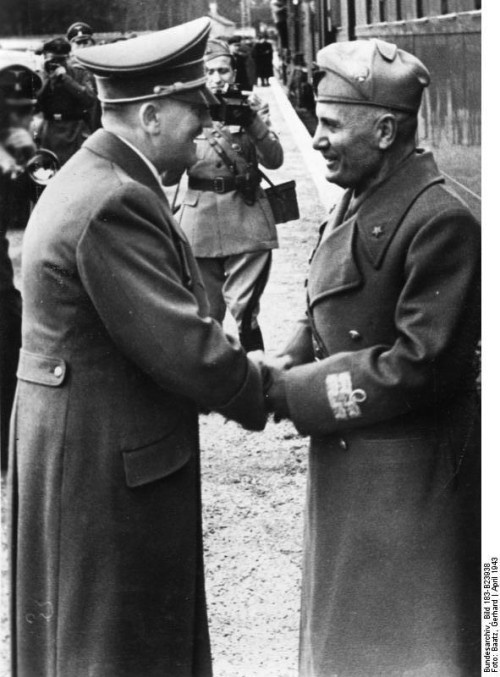
Junge claims that the demise of Hitler’s Italian ally, Benito Mussolini, unnerved him more than any other event. Having heard that Mussolini and his mistress had been beaten to a pulp and strung up on telephone poles, Hitler feared his corpse would also be degraded by his enemies.
During his penultimate hours, Hitler, haggard and solemn, thanked his staff for their service. Informed that the bunker was in danger of being breached at any moment, Hitler instructed his aides to burn his body and that of Braun’s.
On April 30, following their marriage, he and Braun had a last vegetarian meal of spaghetti and cabbage and raisin salad.
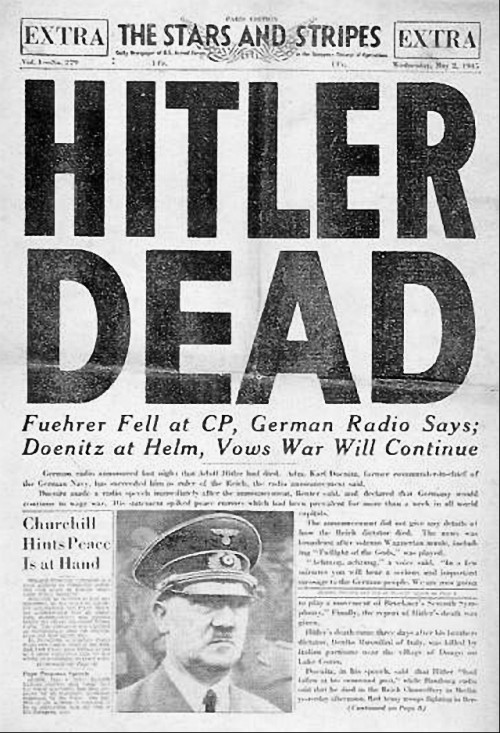
Karnau, Hitler’s driver, watched over the funeral pyre. As he touched the incinerated remains of Hitler and Braun with his feet, their blackened corpses fell apart. Their ashes were buried in a bomb crater, but the Soviets unearthed them after looting the bunker.
Today, Hitler’s bunker is off-limits to the public, but a car park occupies the space over it. Ironically, the bunker is close to Berlin’s main Holocaust memorial.
The Day Hitler Died proves conclusively that the Nazi fuhrer did not live beyond 1945. But this is really beside the point. Hitler was officially declared dead by a court in West Germany in 1956, nine years after he blew his brains out with a revolver.
